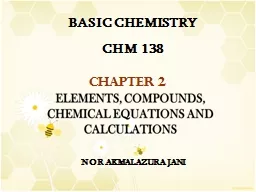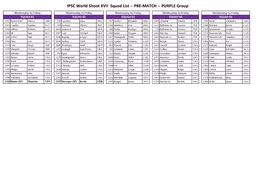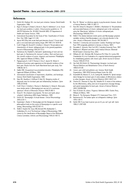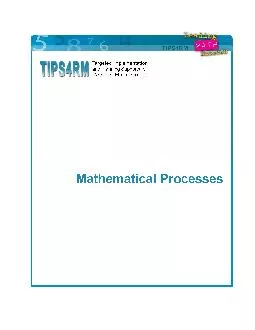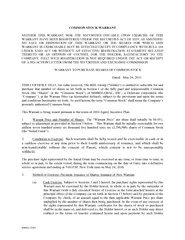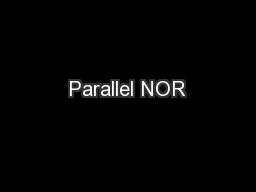PPT-Chapter 2 NOR AKMALAZURA JANI
Author : mitsue-stanley | Published Date : 2018-12-21
BASIC CHEMISTRY CHM 138 Daltons Atomic Theory 1808 1 Elements are composed of extremely small particles called atoms 2 All atoms of a given element are identical
Presentation Embed Code
Download Presentation
Download Presentation The PPT/PDF document "Chapter 2 NOR AKMALAZURA JANI" is the property of its rightful owner. Permission is granted to download and print the materials on this website for personal, non-commercial use only, and to display it on your personal computer provided you do not modify the materials and that you retain all copyright notices contained in the materials. By downloading content from our website, you accept the terms of this agreement.
Chapter 2 NOR AKMALAZURA JANI: Transcript
Download Rules Of Document
"Chapter 2 NOR AKMALAZURA JANI"The content belongs to its owner. You may download and print it for personal use, without modification, and keep all copyright notices. By downloading, you agree to these terms.
Related Documents

